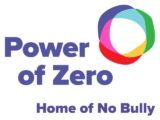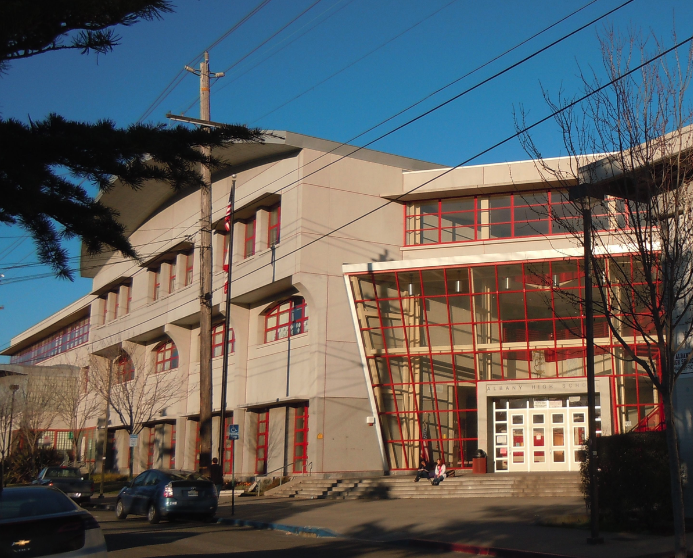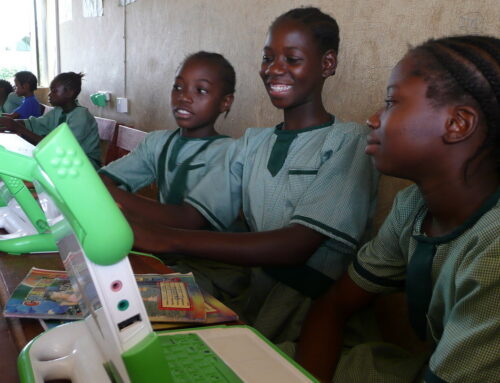Last month’s New York Times article The Instagram account that shattered a California High School chronicles a complex online bullying incident at a California high school that sparked intense backlash, lawsuits and raised thorny issues around balancing free speech and ensuring student safety.
The article describes how an offensive Instagram account with racist and sexist posts targeting specific students was discovered at Albany High School. The account had been created by one student and followed or engaged with by over a dozen other students. In response, the school administered suspensions to all the students who interacted with the account in any way. However, the courts found this blanket disciplinary action violated those students’ First Amendment rights to free speech.
The legal ruling left the school powerless to take punitive action against online bullying. And at first glance, it may seem that schools’ hands are completely tied when facing similar situations. But there are alternatives beyond punishment or inaction that can uphold both free speech and students’ right to learn in a safe, bully-free environment.
While schools cannot suspend students for protected speech, they still have an obligation under anti-discrimination laws to ensure a non-hostile, harassment-free school climate. And beyond that they have a duty of care to ensure the safety of their students. If administrators do nothing in the face of targeted, discriminatory online attacks, they weaken the culture of their school and put themselves at risk of lawsuits from affected students and their families.
Proactive solutions exist between the extremes of exclusionary discipline and passive tolerance. Schools can teach students to have greater respect for diversity through programs such as Learning for Justice. They can also convene Solution Teams of students when incidents of bullying occur – a non-punitive intervention that we developed to activate empathy in students and engage them in ending the bullying of their peers. Solution Teams have been proven to resolve close to 90% of incidents of bullying and cyberbullying without violating free speech.
The thorny intersection of free speech and school discipline highlighted by this case stems from the American concept of protected speech under the First Amendment. Many other nations do not face the same legal barriers when responding to cyberbullying among students. However, schools across the world encounter different obstacles in addressing online harassment, often related to lack of teacher training, policies, and bullying prevention curriculum.
While the First Amendment presents specific constraints for US schools, effective solutions exist that uphold student rights and safety worldwide. The keys are providing educators with practical intervention strategies and fostering empathetic school cultures where students look out for one another. With compassion and skill-building, schools can overcome contextual barriers and create positive learning environments free from bullying’s devastating impacts.
Our non-profit organization, Power of Zero, aims to provide exactly that. The No Bully Program gives educators the tools to activate student kindness and compassion and take a whole school, non-punitive approach to resolving bullying and cyberbullying. With a 90% success rate, the program proves that schools can create bully-free environments for all students when they create the right conditions. For more information on the No Bully program and how to bring it to your school, reach out to us here.







Leave A Comment